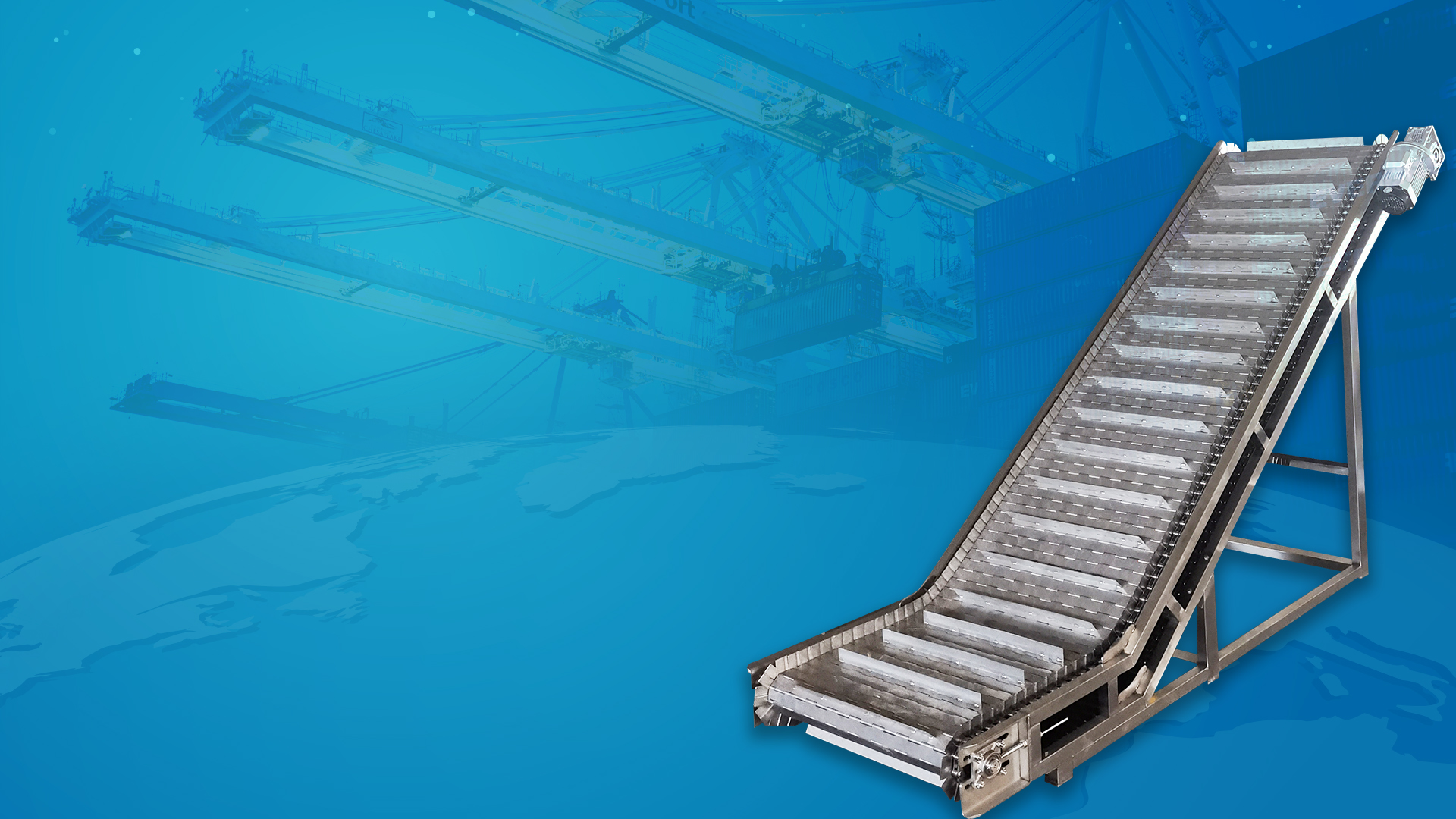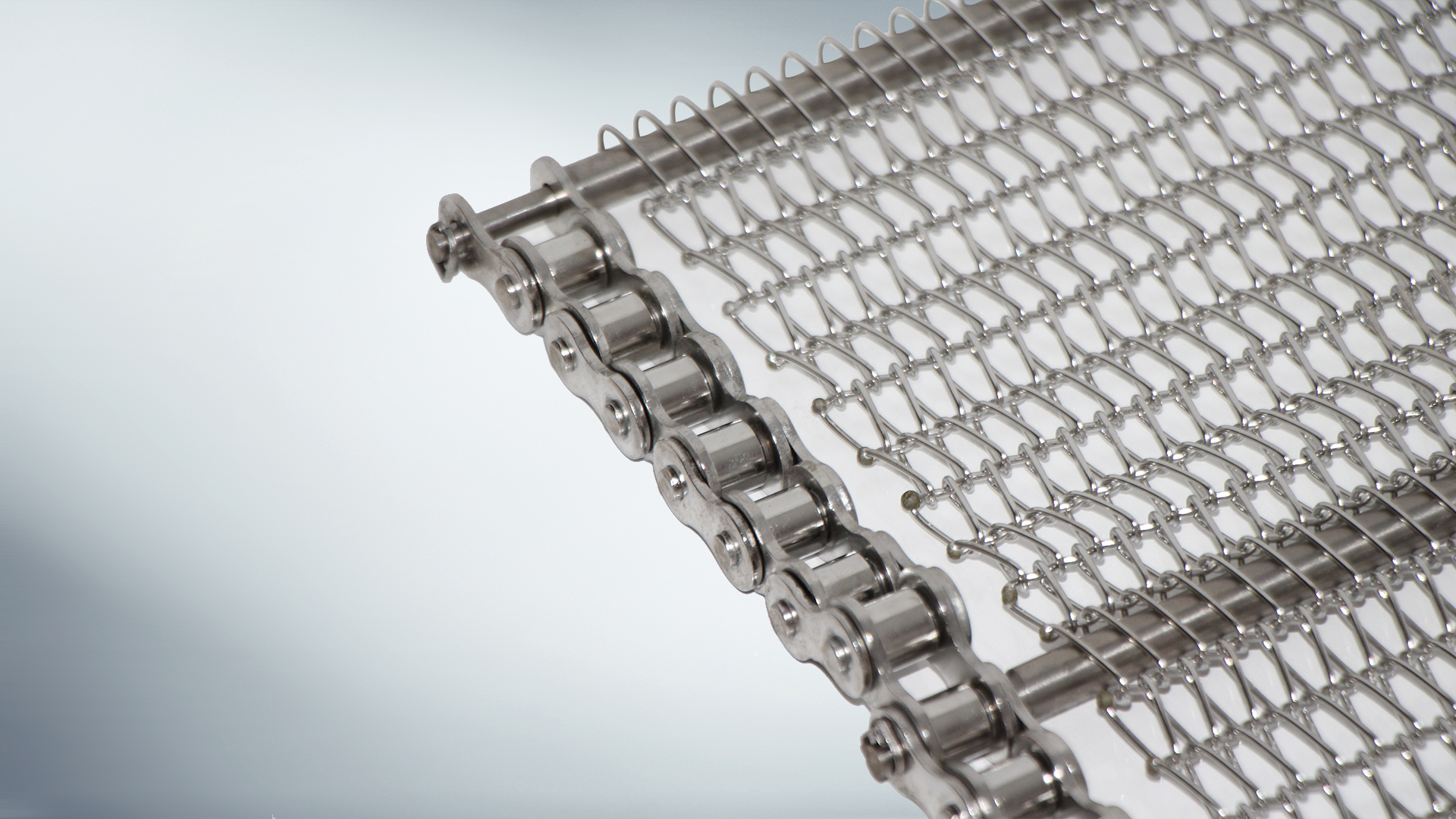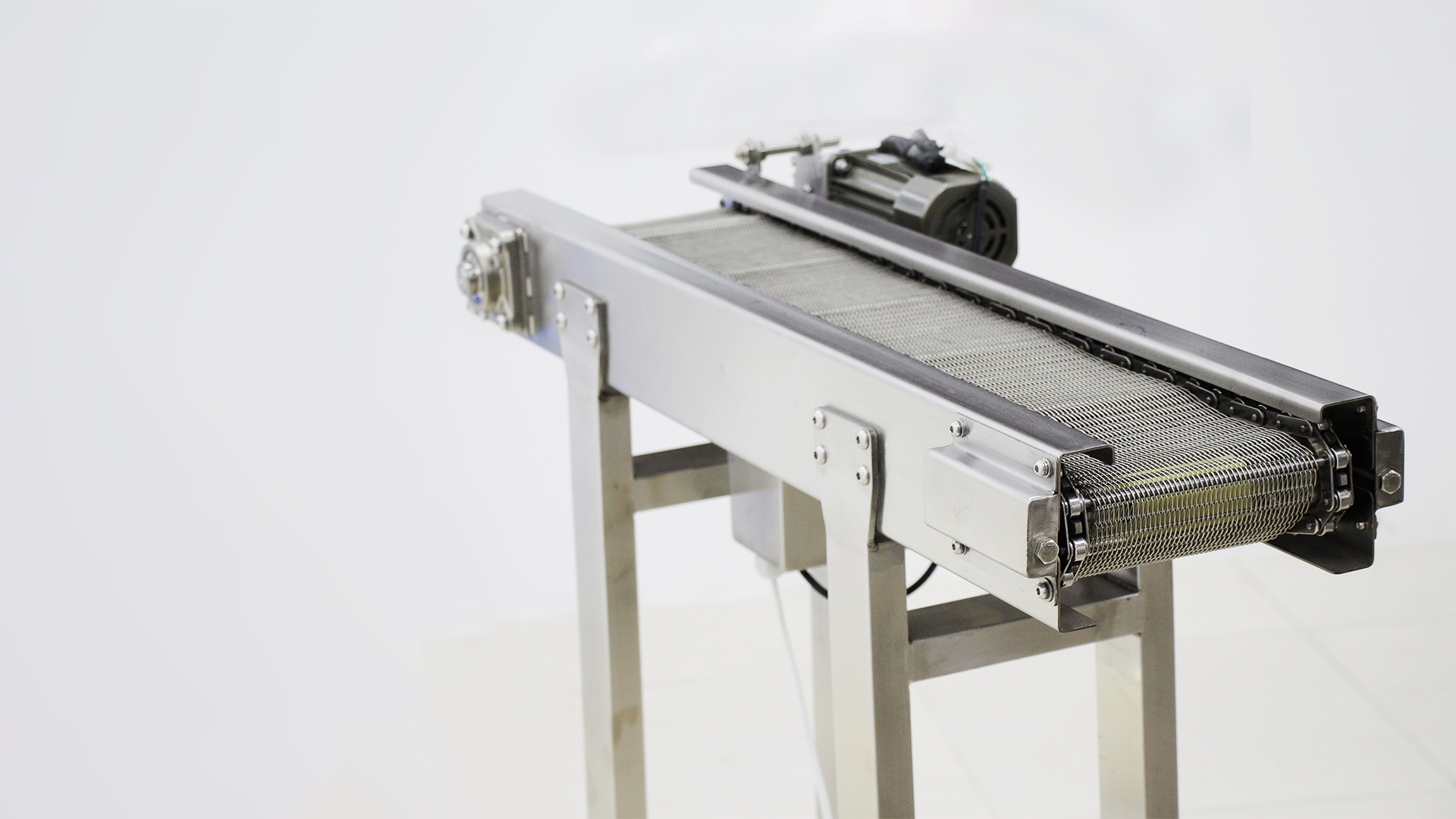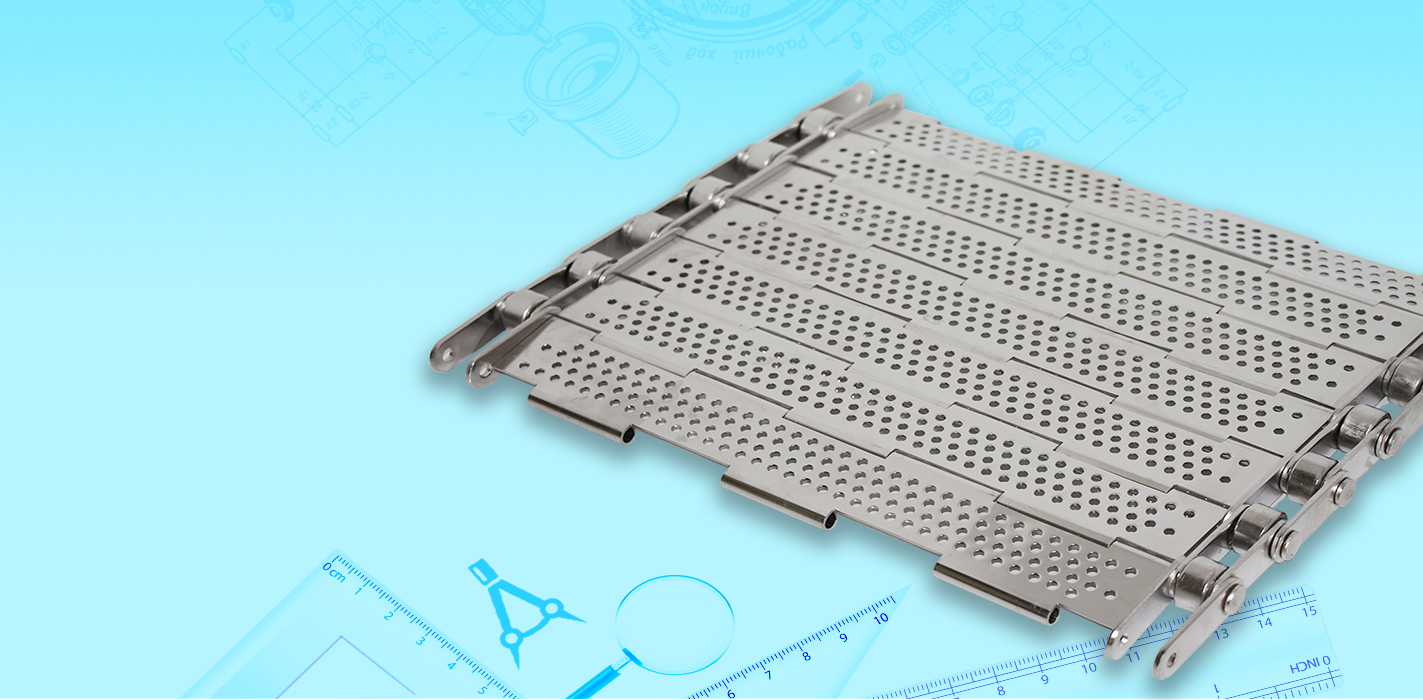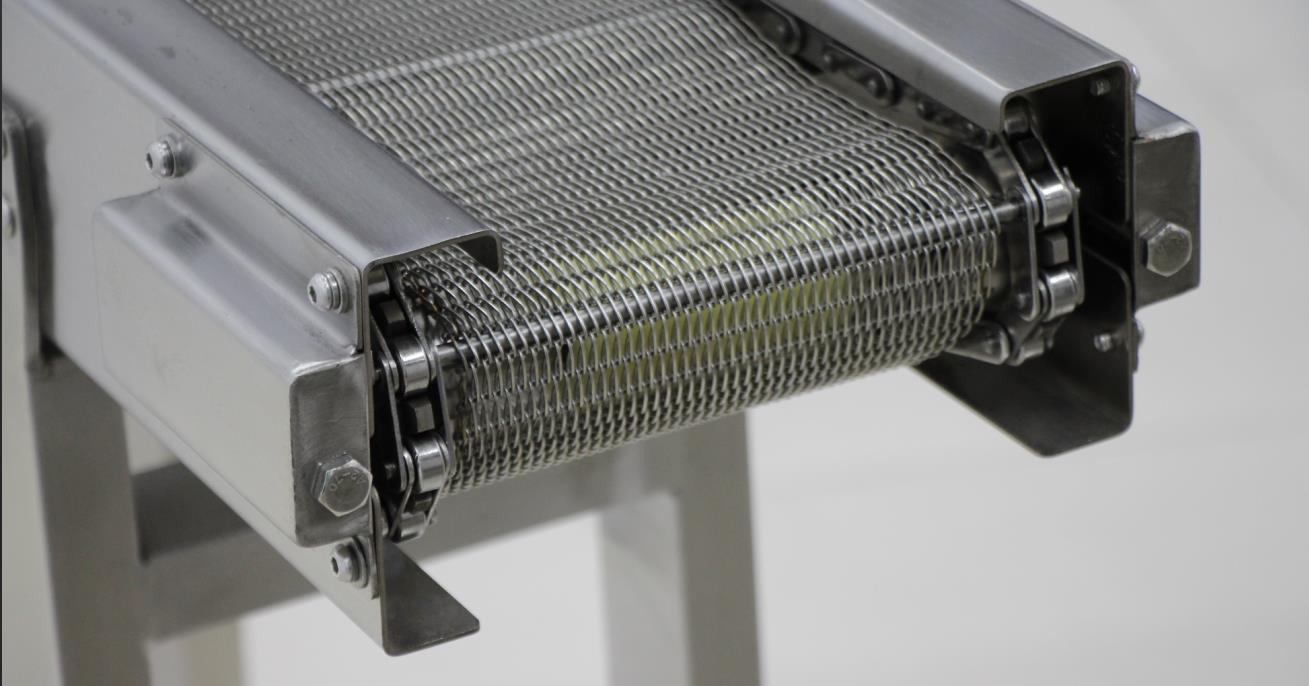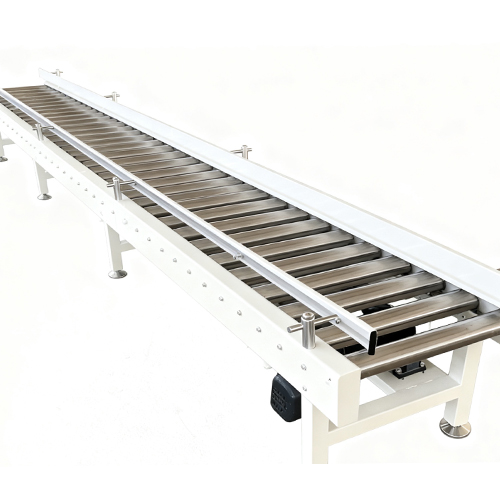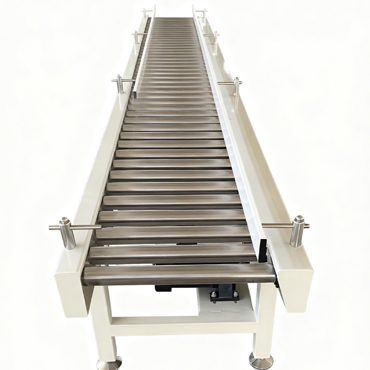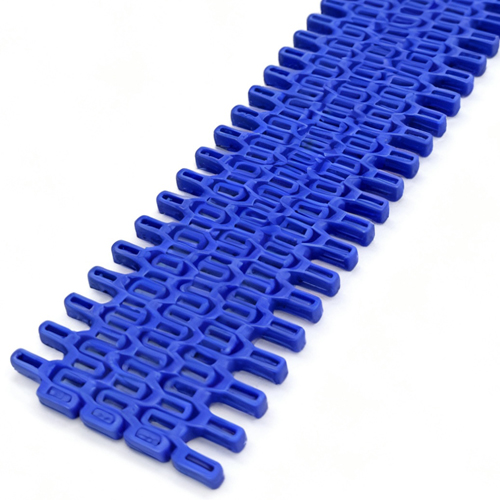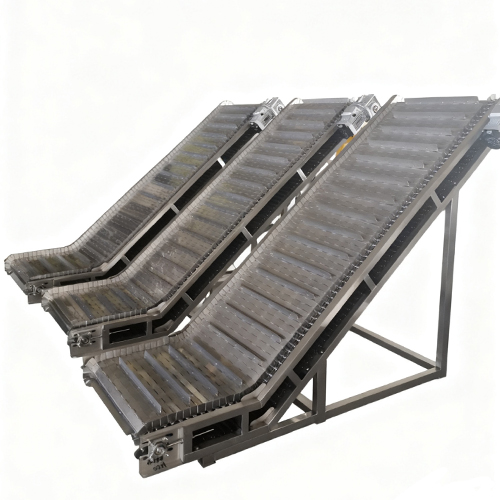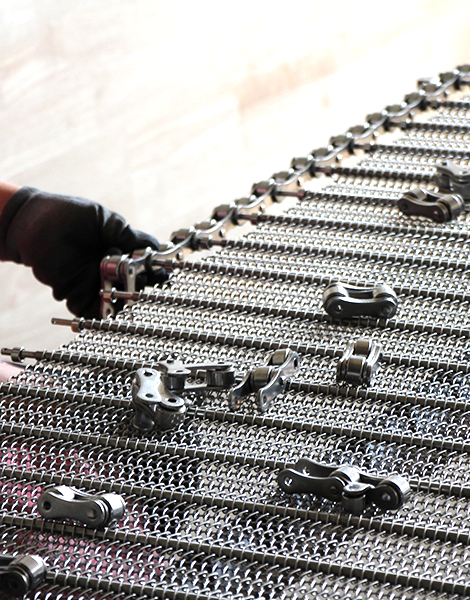Firstly, for everyday use, it is important to keep the conveyor clean and regularly remove any residual material or dust from the chain plates to prevent wear and tear and corrosion of the chain plates and transmission components. The connection of the chain plates should be checked regularly to ensure that they are firmly connected and will not come loose or fall off during operation, which could result in chain plate breakage.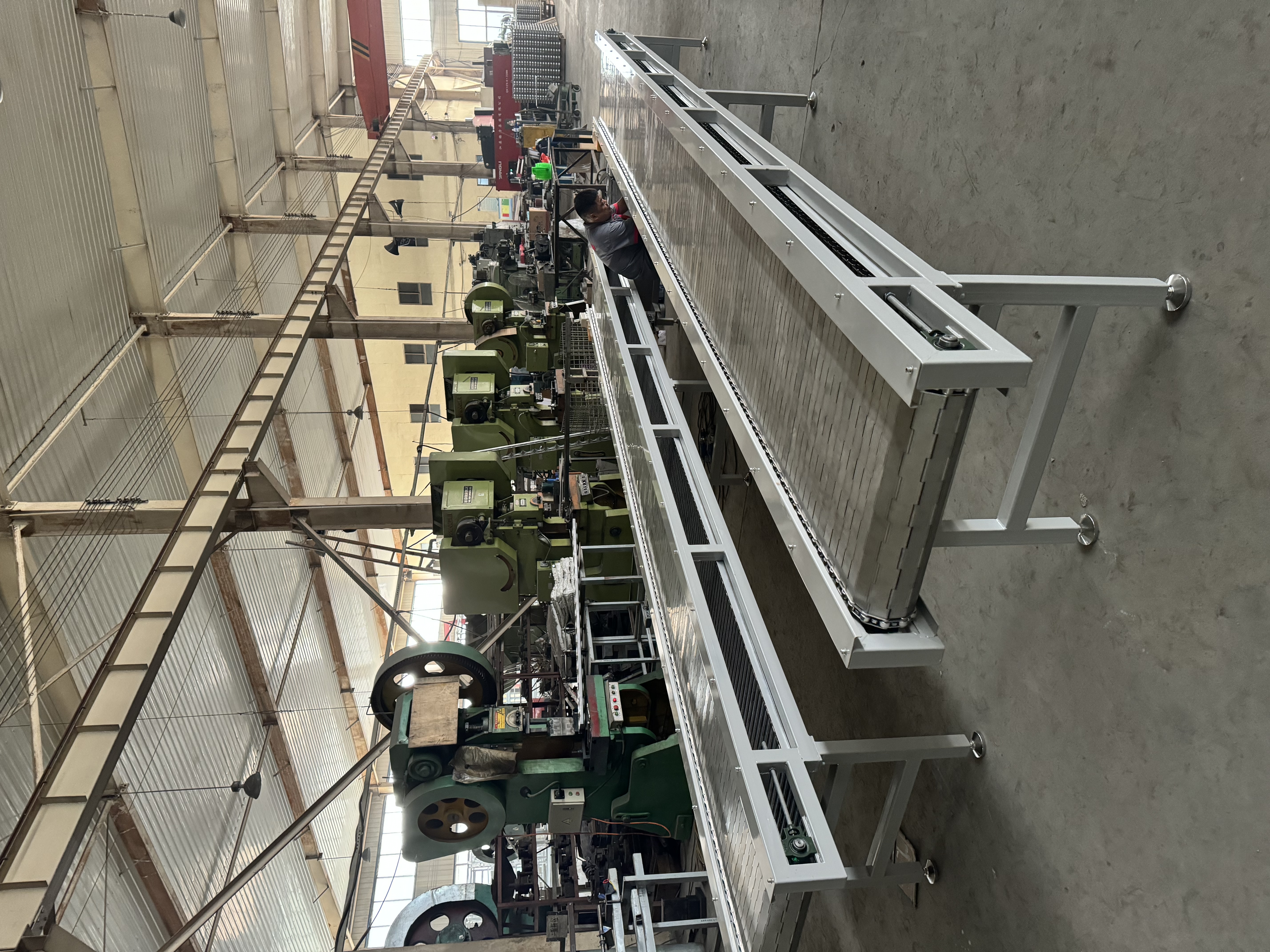
During daily use, it is important to keep the conveyor clean and promptly remove any residual material, dust, or other debris from the chain plates to prevent damage or corrosion. Check the connection of the chain plates regularly to ensure they are firmly connected and free from loosening or falling off to prevent faults such as chain plate breakage during operation.
Secondly, the transmission components of the conveyor, such as the chain wheel and chain, should be lubricated regularly. Using the correct lubricant according to the specified time and method reduces friction between components, lowers energy consumption, and extends the conveyor's lifespan. It is also important to check the chain tension; if it is too loose or too tight, it will affect the conveyor's normal operation. This can be adjusted by changing the position of the chain wheel.
Thirdly, regularly check that the conveyor's drive components, including the motor and reducer, are functioning correctly and are free from unusual noises or vibrations. If any issues are identified, stop the conveyor immediately and inspect it to prevent the problem from worsening.
When storing the chain plate conveyor, choose a dry, well-ventilated environment to prevent moisture and corrosion. Also, store the conveyor's vulnerable components properly to ensure they are available for replacement.
In summary, maintaining and caring for the chain plate conveyor is essential.



